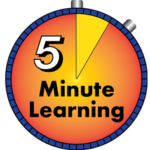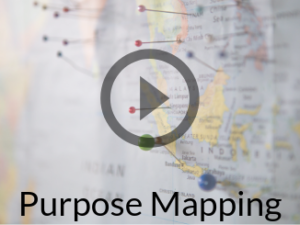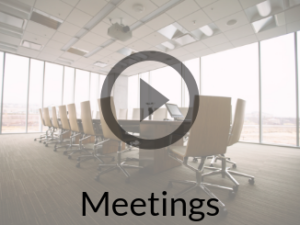Boards in Gear covers the five main areas of strong board practice: Connection to cause, roles and responsibilities, how to build a great board, sustain a great board, and engage board members in fundraising. It anchors each unit in why it matters and provides helpful tools to help learners act on what they learn. Download the toolkit and be ready to follow along with the videos!
Introduction
1: Connection to Cause
Board members place the work of the organization within a larger context, understanding the circumstances that cause the organization to exist. They are aware of others working in the same space and are able to give voice to stories, challenges, and opportunities that exist for the people their organization serves.
- Why connection your mission to the larger cause matters
- The importance of communication, both internally and externally
- How to use advocacy as a tool to grow your mission
2: Responsibilities
Board members fulfill their responsibilities, from setting a clear mission to ensuring the impact of that mission. The board ensures that the organization is compliant with all federal, state, and local requirements and conducts activities with accountability and transparency.
-
-
-
- What individual responsibilities board members have
- What legal and fiduciary responsibilities board members have
- The role of financial literacy in achieving mission and protecting assets
- How a board can manage risk
-
-
3: Composition & Development
A nonprofit board ensures that the board itself has the characteristics and qualifications needed to effectively represent the people that the organization serves and the organization’s needs.
-
-
- Recruitment, selection, orientation and evaluation
- Why commitment to mission matters
- Conflict of interest
- Positions within the board
-
4: Board Operations
The board operates in a way that allows the organization to achieve its mission effectively and efficiently.
-
-
- Board meetings
- Committees
- Board/staff relationship
- Board development
-
5: Fundraising
Board members ensure that the organization has the necessary resources to sustain its work over time. For many boards, this involves an active role in fundraising, often with the help of staff.
-
-
- Roles and expectations
- Planning
- Communications
- Systems
-
Resources
- Boards in Gear Toolkit
- Boards in Gear Pathway
- Key Documents (Document Vault)
- Link: How to play the Boards in Gear Game (yes, a board game!)
- Boards in Gear Game Board (tiled version)
- Boards in Gear Game Board (17×17)
- Boards in Gear webinar, presented by Pamela Oakes (90-minute captioned video, April 2021)
Spend 5 minutes learning about a board topic! Purpose mapping is a two-part series.



